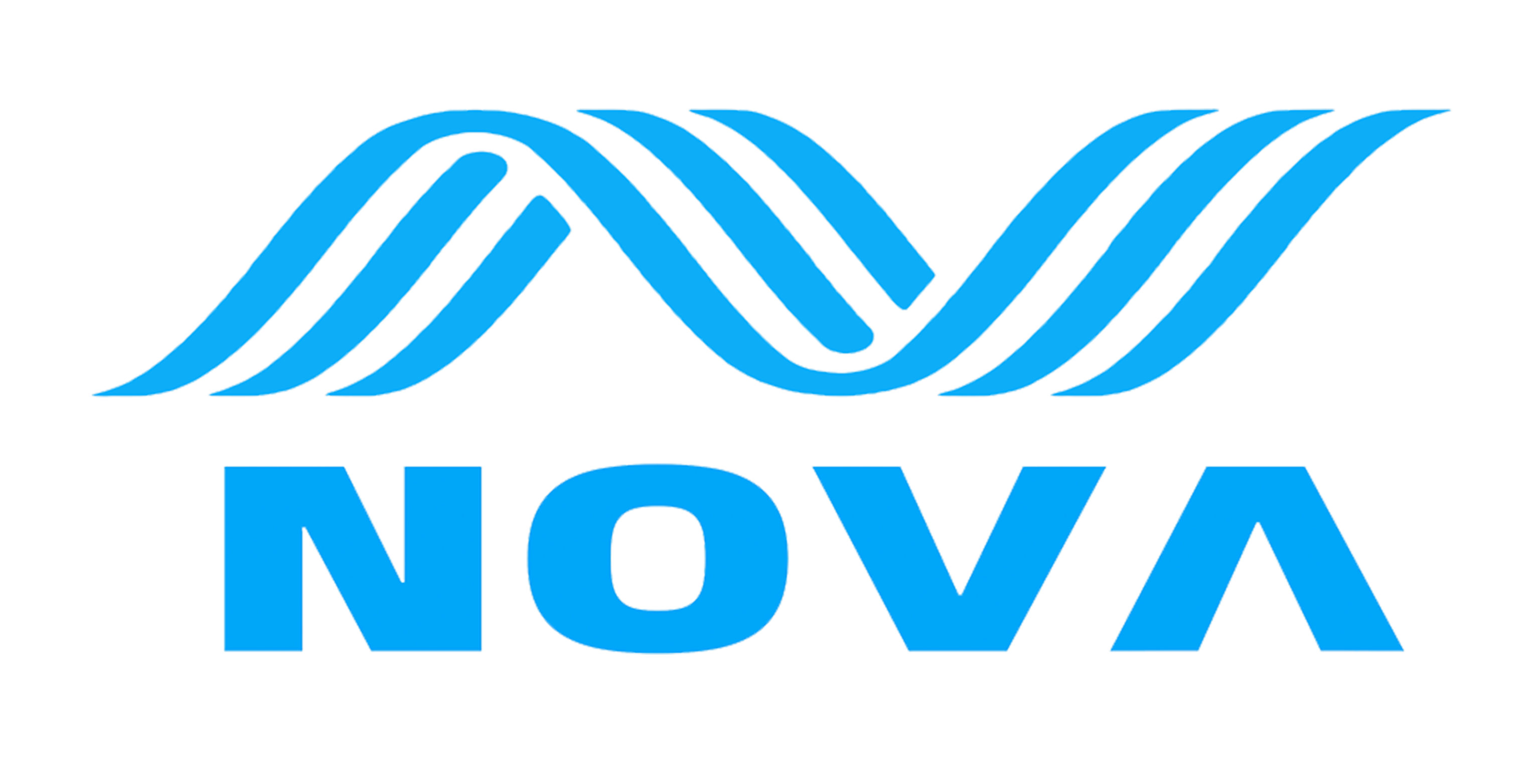The Evolution of Flatbed Inkjet Printers with Camera Integration
From Manual Calibration to Automated Alignment in Flatbed Inkjet Printers
Back in the day, flatbed printers needed constant hands-on tweaking to get those substrates aligned properly, which was not only time consuming but also led to all sorts of inconsistencies because people just aren't perfect at this stuff. Today's machines have come a long way though. They use these fancy high res cameras that can scan entire print surfaces in what feels like no time at all. These cameras then adjust where the ink goes with incredible precision, something like plus or minus 0.1 mm accuracy if we want to get technical about it. What this means is goodbye to those clunky physical jigs and tedious measuring tools. Setup times have dropped dramatically in factories across the board, probably around two thirds faster according to some recent research from Digital Print Innovation Report back in 2023. Most top brands are actually putting CCD cameras right inside the printer frames now. This lets them spot edge details, surface textures, and even weird bumps on materials as they work, making sure everything gets printed exactly where it should be.
How Camera Integration Enhances Real-Time Positioning and Workflow Efficiency
Flatbed inkjet printers with vision guidance actually work pretty smartly these days thanks to those camera feedback systems they have built in. When the machine scans whatever surface it's printing on, it basically makes a digital blueprint that tells the print heads exactly where to go even if the material isn't perfectly flat or has shifted position somehow. What this means for people running the machines is they can throw different types of materials into the same batch without needing to stop everything for recalibration. According to some industry research from last year, this saves around 45% of the downtime normally spent adjusting settings between print jobs. Take one sign company over in Europe as an example case study they mentioned somewhere. They saw their daily production jump by about 30% once they switched out old equipment for newer models with cameras attached.
Advancements in Digital Printing Technology Enabling Smarter, Vision-Guided Production
Recent advances in machine vision tech and edge computing have changed how we look at camera systems completely. They're no longer just sitting there passively collecting data but actually controlling quality on the fly. Take modern flatbed inkjet printers these days. When integrated with cameras, they typically feature those 12 megapixel RGB models for super accurate sub pixel registration. The printers also come equipped with onboard processors capable of handling around 120 frames every second. Plus there's this smart software that learns as it goes, adjusting automatically when materials expand or contract during printing. All these features work together so the printer can fix registration issues all by itself throughout lengthy production runs. According to industry reports from last year, this has cut down material waste in packaging applications by about 22%, which makes a real difference for manufacturers trying to keep costs under control.
How Flatbed Inkjet Printers with Camera Achieve Perfect Auto-Alignment
The Role of Imaging Systems in Improving Print Accuracy and Consistency
Flatbed inkjet printers equipped with camera systems now rely on advanced imaging tech to get all the necessary details about substrates right before starting any print job. The CCD cameras actually scan the entire print area with resolutions as fine as 25 microns, picking up things like where materials end, spotting bumps or dents in surfaces, and finding those little registration marks people put there. What happens next is pretty cool too the printer software takes all these optical readings and moves the print head around as needed when something gets warped or shifted during setup. According to research from the Print Tech Institute last year, using cameras instead of old fashioned manual adjustments cuts down on positioning mistakes by almost 92%. That means much better quality prints even on tough stuff like acrylic panels, wooden boards, or metal sheets which tend to give regular printers headaches.
Step-by-Step Process of Automated Alignment Using Camera Feedback
- Pre-Scan Phase: The camera system maps the entire print bed, identifying substrate boundaries and orientation in under 10 seconds.
- Pattern Recognition: Advanced algorithms compare detected edges to the digital file’s dimensions, calculating positional offsets.
- Dynamic Adjustment: Printheads modify their paths in real-time based on the camera’s spatial data, aligning ink deposition to within ±0.1 mm accuracy.
- Continuous Monitoring: During printing, the camera verifies alignment every 5–10 layers, correcting drift caused by temperature fluctuations or media shifting.
AI and Automation in Flatbed Printers for Dynamic, Real-Time Correction
Flatbed inkjet printers with cameras now use machine learning models trained across tens of thousands of print cycles to spot alignment problems before they actually happen. The smart systems look at past performance data regarding how different materials react, what's going on with the environment around them, and how thick the ink gets during printing to fine tune where those nozzles should go. Take warped PVC sheets for instance. When these come through the printer, the artificial intelligence kicks in and tweaks both the vacuum bed pressure settings and the timing of the inkjets so everything stays properly aligned. According to tests done last year by Digital Print Solutions, printers using this kind of AI tech cut down on wasted prints by almost four fifths in places where humidity levels run high, something regular printers just can't match.
Key Benefits of a Flatbed Inkjet Printer with Camera for Industrial Applications
Enhanced Precision Through Integration of Advanced Optics and Automation
The latest flatbed inkjet printers equipped with camera tech can hit incredible levels of precision, thanks to their combination of detailed imaging capabilities (down to around 25 microns) and precisely controlled printhead movement. These automated systems are a world
FAQ Section
What is a flatbed inkjet printer?
A flatbed inkjet printer is a type of printer that uses a flat surface to hold the material to be printed and deposits ink directly onto it using inkjet technology.
How do cameras improve the functioning of flatbed inkjet printers?
Cameras enhance the functioning of flatbed inkjet printers by providing high precision in substrate alignment, enabling real-time adjustments, and improving print accuracy through continuous monitoring and AI-based corrections.
What industries benefit from flatbed inkjet printers with integrated cameras?
Industries such as signage, packaging, and other sectors that require high-quality, precise printing over varied surfaces can greatly benefit from flatbed inkjet printers with camera integration.
What is camera feedback in printing?
Camera feedback in printing refers to the use of cameras to collect real-time data about the print surface, enabling printers to dynamically adjust printhead movement and ink deposition for precise and clean prints.

